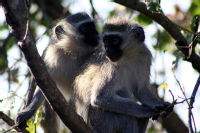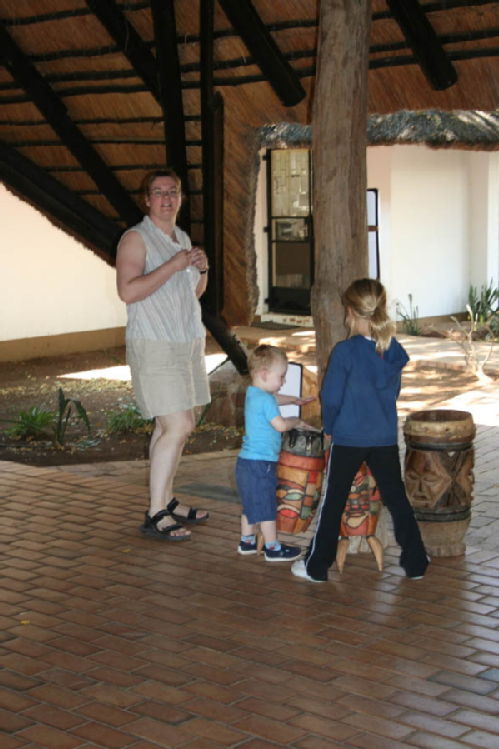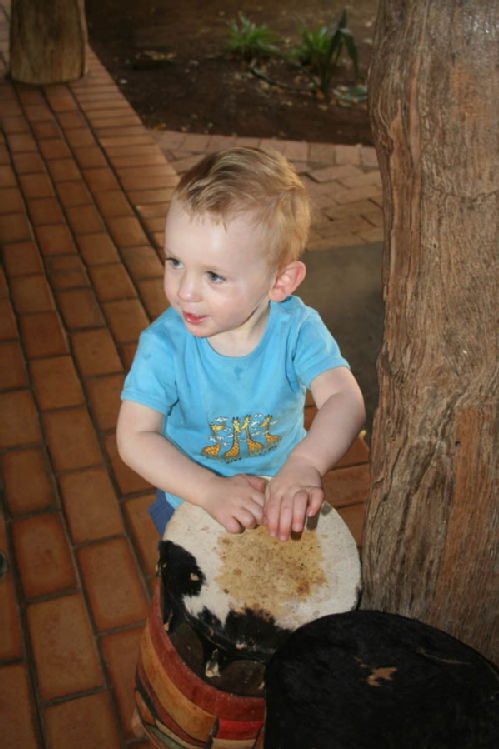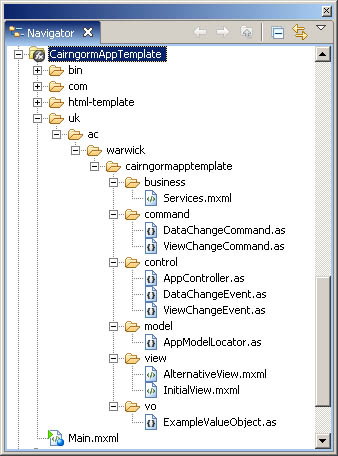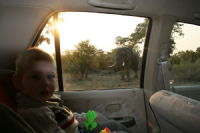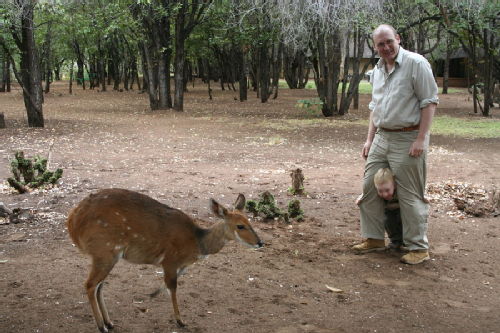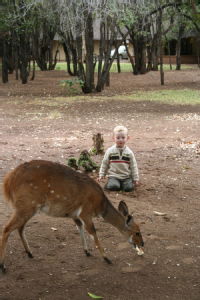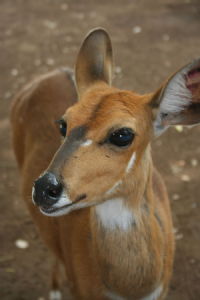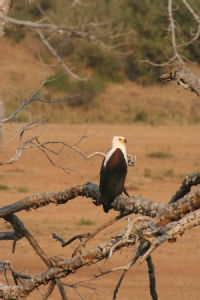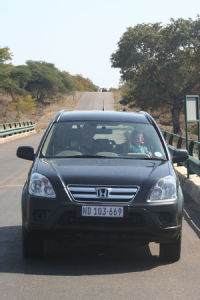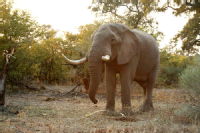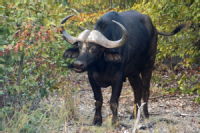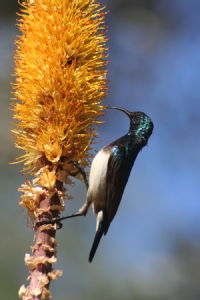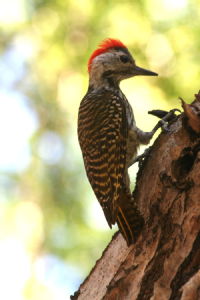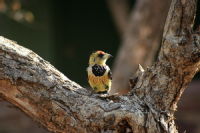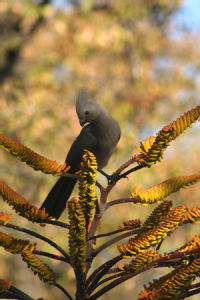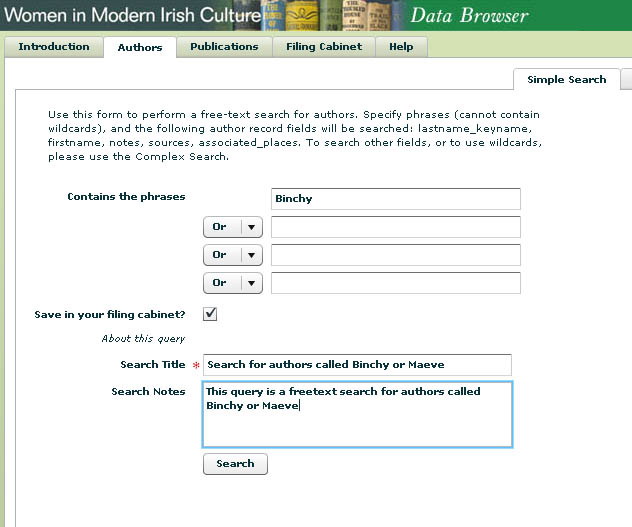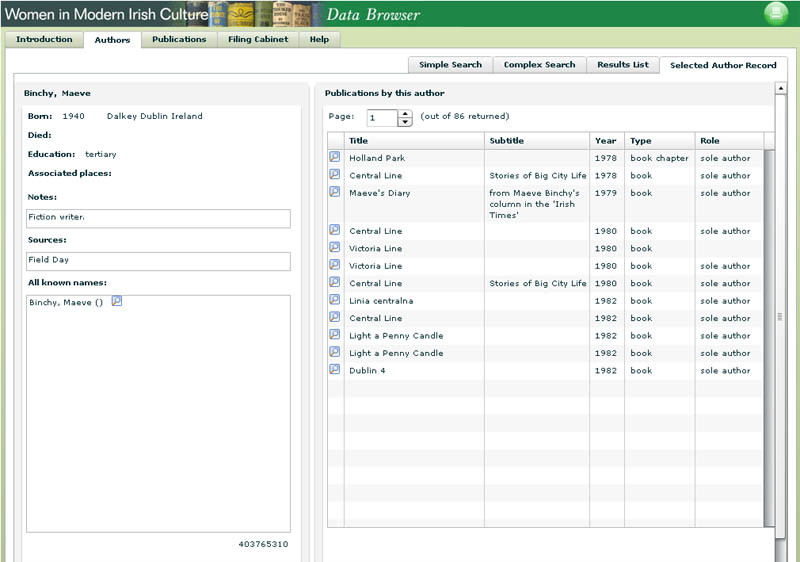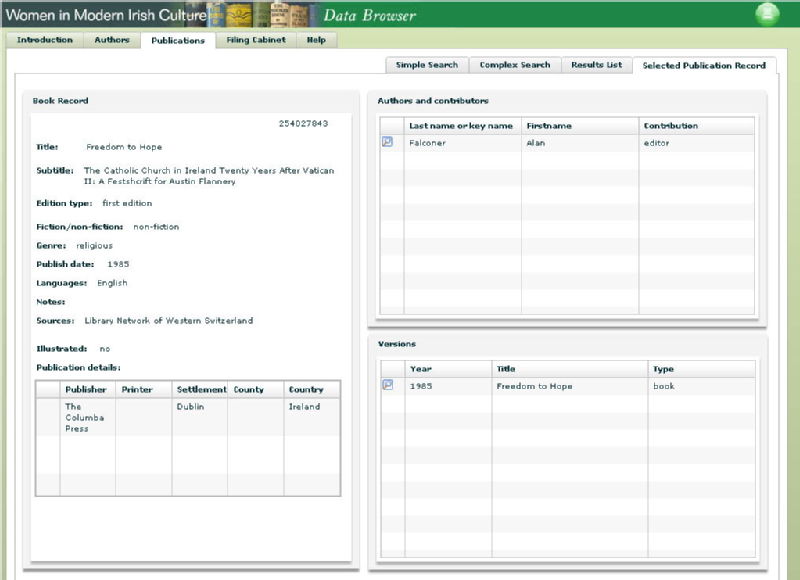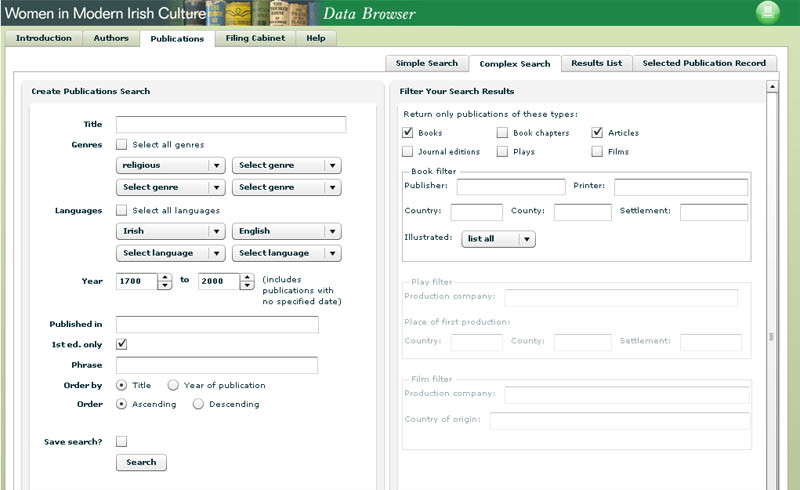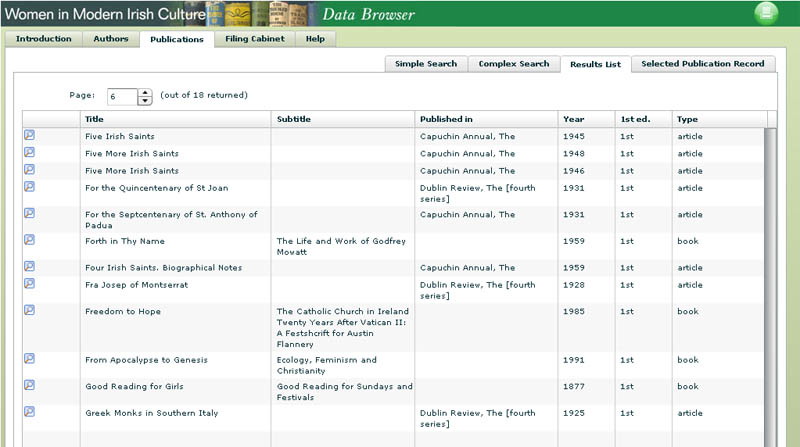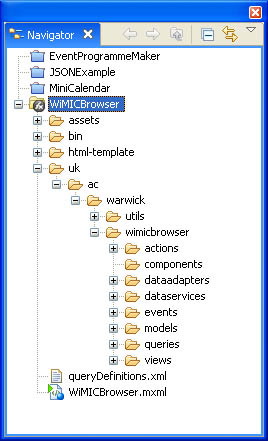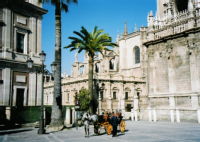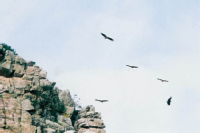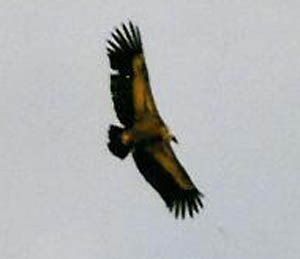Part three of the journal of our recent trip to South Africa and Botswana. Kanniedood Dam near Shingwedzi Camp in the Kruger Park. More observations of a 2 year old boy in Africa, and why monkeys beat lions.
1. The boy and his bushbuck, at Letaba
2. Monkeys, not such distant relations
3. Swinging through the trees, near Shingwedzi
4. Lions, a critical assessment
5. Drifting on the thermals, from Shingwedzi to Olifants
6. Elephants are big and grumpy, but fun to watch
3. Swinging through the trees, near Shingwedzi
The Kanniedood Dam captures a short but significant portion of the otherwise desertified Shingwedzi River as it passes through the Kruger National Park, just a small distance from Shingwedzi Camp. Kanniedood is from the Afrikaans for “cannot kill”. Even now, in the middle of the long harsh dry season, it lives. For a few kilometres, the waters are wide, deep, cool and uninterrupted. Further away from the camp, it almost looks to be in flood, as the rough game viewing track through the riverine forest runs close down to the waterline. There are many crocodiles, some with jaws wide open and inviting small boys to clamber in and explore (in the manner described by several popular story books).

The deceptively weighty hippopotamus also abounds. On a hot day like this their water-bound lounging only confirms the stereotype, but later as it cools they will come onto dry land and show off their improbable speed (we once drove alongside a hippo at night – the speedometer was reading 30 kmph).
Deep inside the Kruger National Park the density of large wild mammals is quite epic. It is one of the few places left where humans are not in charge.
Elephants: giant solitary males, boneheaded and tusk laden, just hanging around at the waterholes; matriarchal breeding herds, with tiny infants scurrying alongside in the procession to or from water and food.
Giraffes, just as described by Giles Andreae
Gerald was a tall giraffe, whose neck was long and slim, but his knees were awfully bandy and his legs were rather thin.
Burchell’s zebra with a pink sand-stained tinge to their designer stylish black and white stripes, contrasting artistically with their constant companions, the goatee bearded blue wildebeest (in this strong light they really are blue).
Antelopes in three flavours: slender brown impalas, females gathered into hareems jealously guarded by a tall-horned male busily marking out his territory with the large black scent glands on his back legs; dark-grey waterbuck, with great horns curving upwards to match their white round posterior markings; and the disneyesque nyalas, females mid-brown and painted with precisely arranged spots, but also blackened males, with tall spiral horns and stripes, so dissimilar to the females as to appear to be an entirely distinct species.
And if any of these beasts were to feel itchy, perhaps with a tick buried deep in the fur, the many attendant ox-pecker birds are very happy to assist. We saw one impala carrying six of these medium sized brown birds, red and yellow bills probing for parasites. For a certain type of human, the Mashongeni bird hide, looking out across the Kanniedood Dam, is a place to feel “twitchy” – a condition easily relieved by the many different species to be seen: storks, bitterns, egrets, herons, kingfishers, swallows, swifts and martins, each in several varieties. England has just one kingfisher. Here in the Kruger it’s not unusual to see four or even five of the ten different South African species in close proximity. And there are raptors, again multifarious in type and habit. Across the dam the fish eagle is dominant, perching in the tall trees that line the banks. We found one particularly impressive individual high in the lime-green branches of a fever tree. Occasionally it swooped out across the water, whistling four loud and clear notes in a descending scale.
All of this was of interest to little Lawrence (two years old). Between sightings he battled for control of the truck’s electric windows, or struggled to break free of his baby seat. But given something impressive to look at, he would concentrate and focus, enjoying squirrels as much as buffaloes and lions.
Fortunately, Lawrence has not yet seen many wildlife documentaries about Africa. People who come out to the Kruger Park expecting lions making a kill every ten minutes are always bitterly disappointed. Hoping for lions to do anything other than just lying still in the shade of a tree is entirely unrealistic. Small children have the advantage of being without such preconceptions. And so we were able to spend time, on several occasions, watching closely the most fascinating animal behaviours. Forget lions and leopards, people spend far too much time thrashing around in search of those thoroughly dull creatures. Lawrence will tell you the name of the best animal in Africa…
“Bobo”.
In the language of a two year old, that means primates: in the Kruger Park, vervet monkeys and chacma baboons, often in large packs, and always boisterous, busy, social, playful and clever. Jez Alborough is responsible for their generic reclassification as “bobos”. His classic picture book Hug tells the story of the baby chimp Bobo lost and alone in the bush. Lawrence has drawn a strong and persistent connection between this story and the monkeys and baboons that he sees in the bush. He does know that they are different. He understands the separate species, but there is something in what he has seen that connects fiction to reality. I think the connection is significant. The book has few words, but communicates a strong narrative. The illustrations are left to do all of the work. The facial expressions and bodily gestures of the chimp are easily understood. They do a great job in helping a young child to understand and identify emotions. One may argue that it is just anthropomorphic nonsense. But I think that Lawrence would disagree. The primates that he has seen, especially the big social groups, are full of expression and meaning. Spend just a little time watching them and you will see gestures and behaviours that express relationships, values and shifting moods (what in humans we see as emotions). Youngsters and lower order adults groom the alpha female. Children play and learn. Young male adults wander off to explore and then run back to the group.
“Bobo, what are you doing in that tree?”
“Where’s your mummy Bobo?”
“Bobo swinging through the trees.”
And most hilarious of all:
“Bobo’s got a sore bottom” – on seeing the engorged red posterior of a female baboon.
Every second was full of action. Running and gymnastically flying between branches at a similar frenetic pace to a human two year old, the display was both spectacular and hilarious. The little primatologist in the car alternated between shrieks of laughter and silent fascination, learning throughout.
Forget big cats. Monkeys (or bobos) are best.
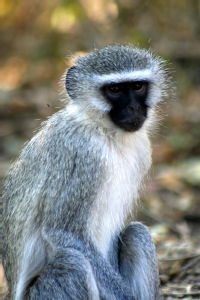
Vervet monkey
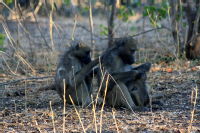
Chacma baboons, alpha female being groomed


 Robert O'Toole
Robert O'Toole

 Please wait - comments are loading
Please wait - comments are loading




